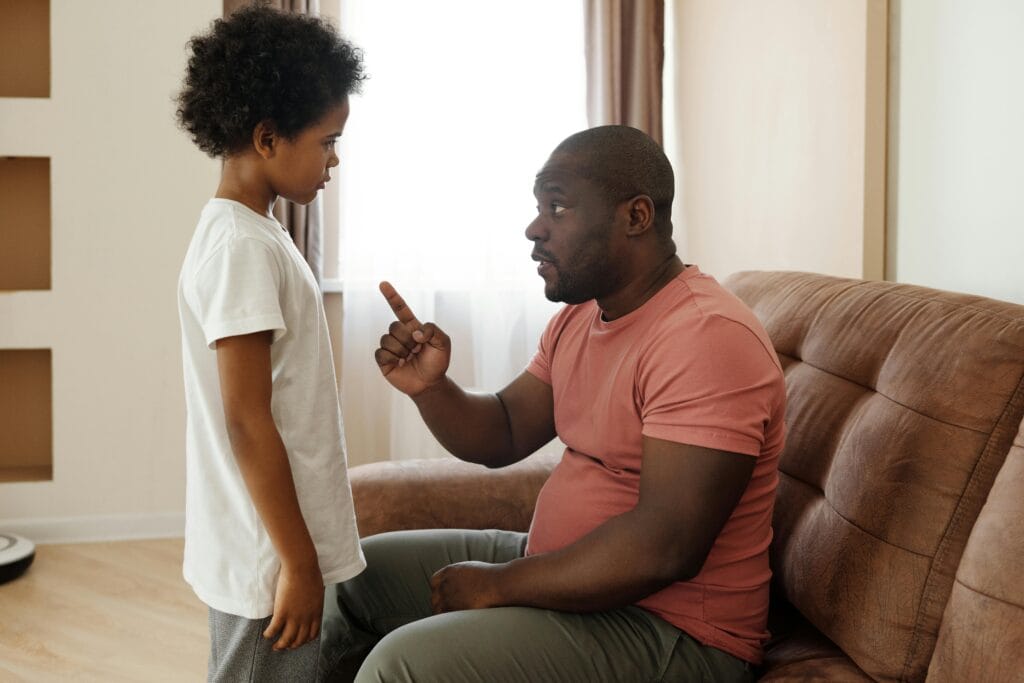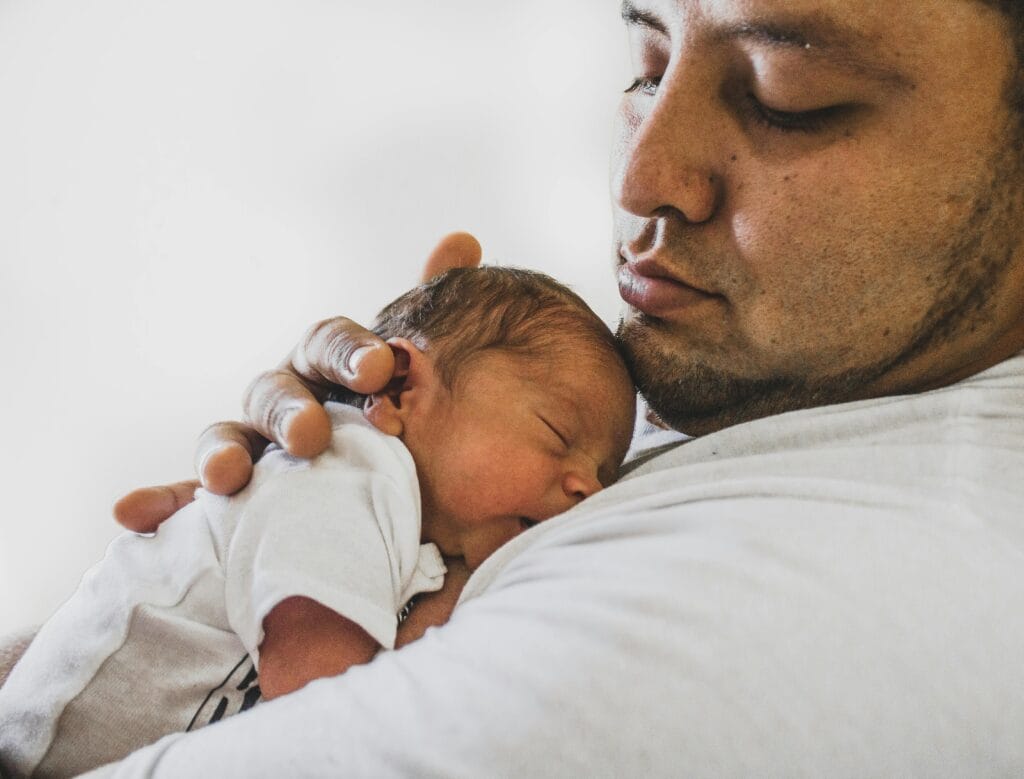Jaron’s Story: A Childhood Marked by Bullying
Jaron was just eight years old when he first encountered bullying. A naturally curious and kind-hearted boy, he loved science, often spending hours after school reading about space and dinosaurs. However, his interests made him an easy target for a group of kids at school who saw him as different. It started with name-calling—”nerd,” “weirdo,” “loser.” Soon, it escalated to pushing in the hallways, stolen lunch money, and exclusion from playground games.
Jaron’s once-bright enthusiasm dimmed. He stopped participating in class discussions, his grades dropped, and he became withdrawn at home. His parents noticed the changes but struggled to understand what was happening. It wasn’t until they found a torn backpack and bruises on his arms that Jaron finally admitted the truth: he was being bullied, and he felt powerless to stop it.
Sadly, Jaron’s story is not unique. Many children experience bullying in different forms, from verbal and emotional abuse to physical aggression. Understanding why kids bully and how to protect your child is crucial for every parent, especially fathers, who can play a pivotal role in their child’s development and emotional resilience.
The Reality of Bullying in the USA
Bullying is a widespread issue in the United States, affecting millions of children each year. According to the National Center for Education Statistics (NCES), about 20% of students ages 12-18 report being bullied at school. Additionally, the Centers for Disease Control and Prevention (CDC) found that around 15% of high school students experience cyberbullying.

Bullying can take many forms, including:
- Verbal Bullying: Name-calling, insults, teasing
- Physical Bullying: Hitting, pushing, damaging property
- Social Bullying: Exclusion, spreading rumors, manipulating friendships
- Cyberbullying: Harassment through social media, text messages, or online forums
The effects of bullying can be long-lasting, leading to mental health challenges such as depression, anxiety, low self-esteem, and, in severe cases, suicidal thoughts and suicide. Given the serious consequences, parents—especially fathers—must take active steps to protect their children from becoming victims of bullying.
Why Do Kids Bully?
Understanding why some children bully others is essential in tackling the problem at its root. Here are some of the common reasons kids engage in bullying behavior:
- Insecurity and Low Self-Esteem – Some kids bully others to feel more powerful or to mask their own insecurities.
- Peer Pressure – Children often join in bullying behavior to fit in with a certain group or avoid being bullied themselves.
- Lack of Parental Supervision – Kids who grow up in environments with little parental involvement may bully to gain attention or control.
- Learned Behavior – Children who witness aggressive behavior at home or in media may imitate it, thinking it’s acceptable.
- Jealousy or Envy – Sometimes, kids target others who have qualities, possessions, or achievements they wish they had.
- A Need for Power and Control – Some children enjoy having dominance over others and use bullying as a means to assert authority.
How Fathers Can Protect Their Kids from Bullies
Fathers play a crucial role in equipping their children with the confidence and skills needed to stand up to bullying. Here are effective strategies dads can use:
1. Build Your Child’s Confidence
Children with strong self-esteem are less likely to be targeted by bullies and more likely to stand up for themselves. Encourage your child to engage in activities that develop their skills, whether it’s sports, music, or academic clubs. Praise their achievements and teach them to take pride in their unique qualities.
2. Encourage Open Communication

Create a home environment where your child feels comfortable talking about their experiences at school. Ask open-ended questions like, “What was the best part of your day?” or “Did anything bother you today?” If your child expresses concerns about bullying, listen without judgment and offer reassurance.
3. Teach Assertiveness, Not Aggression
Many parents advise their kids to “fight back,” but a better approach is teaching assertiveness. Teach your child to:
- Maintain eye contact and use a firm voice when responding to bullies
- Say things like, “I don’t like that. Stop it.”
- Walk away confidently rather than engaging in an altercation
4. Practice Role-Playing Scenarios
Help your child feel prepared by practicing different bullying scenarios at home. Role-playing can empower them to respond effectively in real situations. Practice ways to respond to mean comments, how to seek help, and when to remove themselves from harmful situations.
5. Monitor Online Activity
Cyberbullying is increasingly common, so fathers should be aware of their child’s digital life. Set up parental controls, follow them on social media, and discuss online safety. Teach them not to share personal information and to report any instances of cyberbullying immediately.
6. Encourage Strong Friendships
Bullies often target children who appear isolated. Encourage your child to build healthy friendships and be socially engaged. Having a strong support system can make it harder for bullies to succeed.
7. Model Kindness and Respect
Children learn how to interact with others by observing their parents. Show kindness, empathy, and respect in your daily interactions. When kids see their fathers treating others with dignity, they are more likely to adopt the same behavior.
8. Work with Teachers and School Administrators
If your child is being bullied, don’t hesitate to involve the school. Most schools have anti-bullying policies and can intervene to stop the behavior. Attend parent-teacher meetings, stay informed about school policies, and ensure that the school is providing a safe environment.
9. Teach Resilience and Coping Strategies
Not all bullying situations can be avoided, but teaching resilience can help your child cope. Encourage stress-relief activities like journaling, exercise, or talking to a trusted friend or adult. Let them know that bullying is a reflection of the bully’s issues, not theirs.
10. Know When to Seek Professional Help
If bullying has led to significant emotional distress, don’t hesitate to seek the help of a school counselor or therapist. Professional support can help your child rebuild confidence and process their experiences in a healthy way.
Final Thoughts
Bullying is a serious problem that can have lasting effects on a child’s emotional and psychological well-being. As a father, you have the power to shape your child’s response to bullying by instilling confidence, teaching them to stand up for themselves, and creating a safe space for open communication. By taking proactive steps, you can help your child navigate social challenges and grow into a resilient, self-assured individual who knows their worth and how to protect themselves in any situation.
Jaron’s story could have had a different outcome if his parents had noticed the warning signs earlier and taken action sooner. Don’t wait until your child is struggling—start preparing them today to handle bullying with strength and courage.











